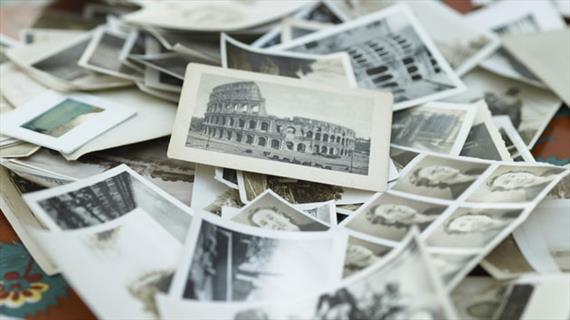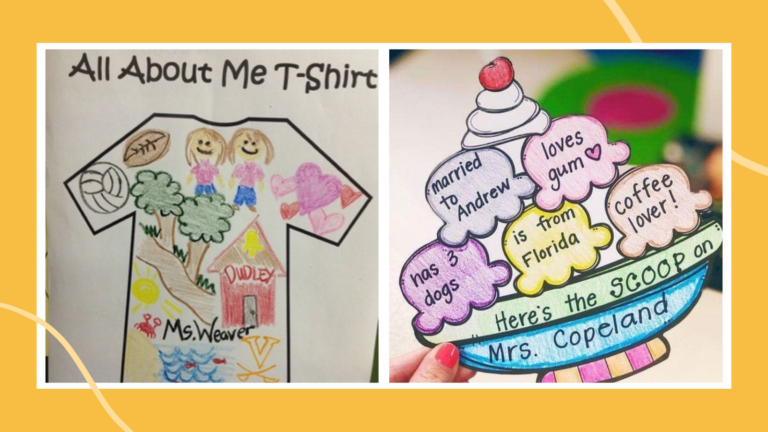Wouldn’t it be amazing if you could transport your students into an old Roman city? Or let them observe a group of wagons struggling to make it across the American plains? Or took them on an expedition deep into the rainforest to look for undiscovered species? Of course, that’s not possible, but through the use of primary sources—or documents created by the people who actually experienced a certain time period, situation or event—you can engage your students with the world (and your curriculum) from a whole new perspective. Here are five ideas—straight from “Ideas Magazine”—on exactly how to do it.
- Use personal letters – like these by a colonial legislator – to illustrate major historical events from the perspective of the people who lived through them.
- Find photographs that illustrate a certain concept and use them to help your students gain a visual understanding of your curriculum.
- Find published journals (for a great one on growing up in the 40’s click here) and use them to show your students what life was like in general at various times in history.
- Use modern pop culture like posters, music, art and magazines to demonstrate life in different states, countries or cultures.
- Share art from a specific time period or culture to help them visually connect as they examine an era or cultural movement. (For a great essay that illustrates this, click here.)
- Read poems, short stories, and novels. There is a tendency for people to assume that fiction is “for fun” and non-fiction books are “for learning.” But all texts are primary sources and can be inspiring, enlightening and offer your students a creative way into exploring and thinking about various historical events, time periods or philosophical ideas.

